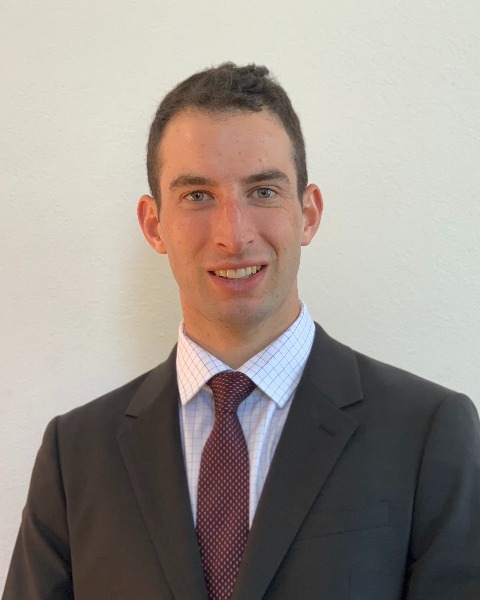Stereotactic and Functional
Predictive Modelling of Cranial MRI-Guided Focused Ultrasound Efficiency
Predictive Modelling of Cranial Mri-guided Focused Ultrasound Efficiency

Graham Winston, MD
Resident
Department of Neurological Surgery, Weill Cornell Medicine
New York City, New York, United States
Presenting Author(s)
Introduction: Cranial MRI-guided focused ultrasound (MRgFUS) can be utilized to non-invasively lesion the brain at millimeter scale. Since its introduction in the early 2010s, MRgFUS has gained popularity for a growing number of approved and research conditions including Parkinson’s Disease, Essential Tremor, Alzheimer’s Disease, Substance Use Disorder, and more. Despite its increasing use, there exists substantial patient-to-patient heterogeneity in tissue response to energy delivered, making it challenging for clinicians to optimize safe, effective treatment. We hypothesize that patient-intrinsic factors, such as sex, age, skull density ratio (SDR), CSF volume, gray:white matter ratio, CSF:brain volume ratio, as well as treatment-related measures such as measured energy, ultrasound elements on, sonication number, or skull area may be responsible for the differences in energy delivery efficiency between patients.
Methods: Under IRB approval (#24-01026857) we conducted retrospective chart review for all consecutive patients undergoing MRgFUS at our institution from 2016-2024. A multivariate linear regression was performed to determine independent predictors of temperature increase.
Results: 191 patients undergoing 229 treatment sessions culminating in 2492 individual sonications were included in this study. 162 treatments were for VIM ablation for ET, 37 treatments for VIM ablation for tremor-predominant PD, 17 treatments for PTT ablation for tremor-predominant PD, and 13 treatments for GPi ablation for PD. In our multivariable regression (R-squared = 0.43, F (11,2492) = 190.9, p < 0.001), we found measured input energy, number of elements on, sonication number, skull area, age, and SDR to be statistically significant independent predictors of tissue temperature response. Our final prediction model accounts for 66% of variability among patients.
Conclusion : Here, we report the largest compilation of MRgFUS treatment sessions, and provide the first clinical calculator for prediction of tissue temperature response to input energy. We are the first group to identify independent predictors of tissue response beyond SDR.
Methods: Under IRB approval (#24-01026857) we conducted retrospective chart review for all consecutive patients undergoing MRgFUS at our institution from 2016-2024. A multivariate linear regression was performed to determine independent predictors of temperature increase.
Results: 191 patients undergoing 229 treatment sessions culminating in 2492 individual sonications were included in this study. 162 treatments were for VIM ablation for ET, 37 treatments for VIM ablation for tremor-predominant PD, 17 treatments for PTT ablation for tremor-predominant PD, and 13 treatments for GPi ablation for PD. In our multivariable regression (R-squared = 0.43, F (11,2492) = 190.9, p < 0.001), we found measured input energy, number of elements on, sonication number, skull area, age, and SDR to be statistically significant independent predictors of tissue temperature response. Our final prediction model accounts for 66% of variability among patients.
Conclusion : Here, we report the largest compilation of MRgFUS treatment sessions, and provide the first clinical calculator for prediction of tissue temperature response to input energy. We are the first group to identify independent predictors of tissue response beyond SDR.

.jpg)